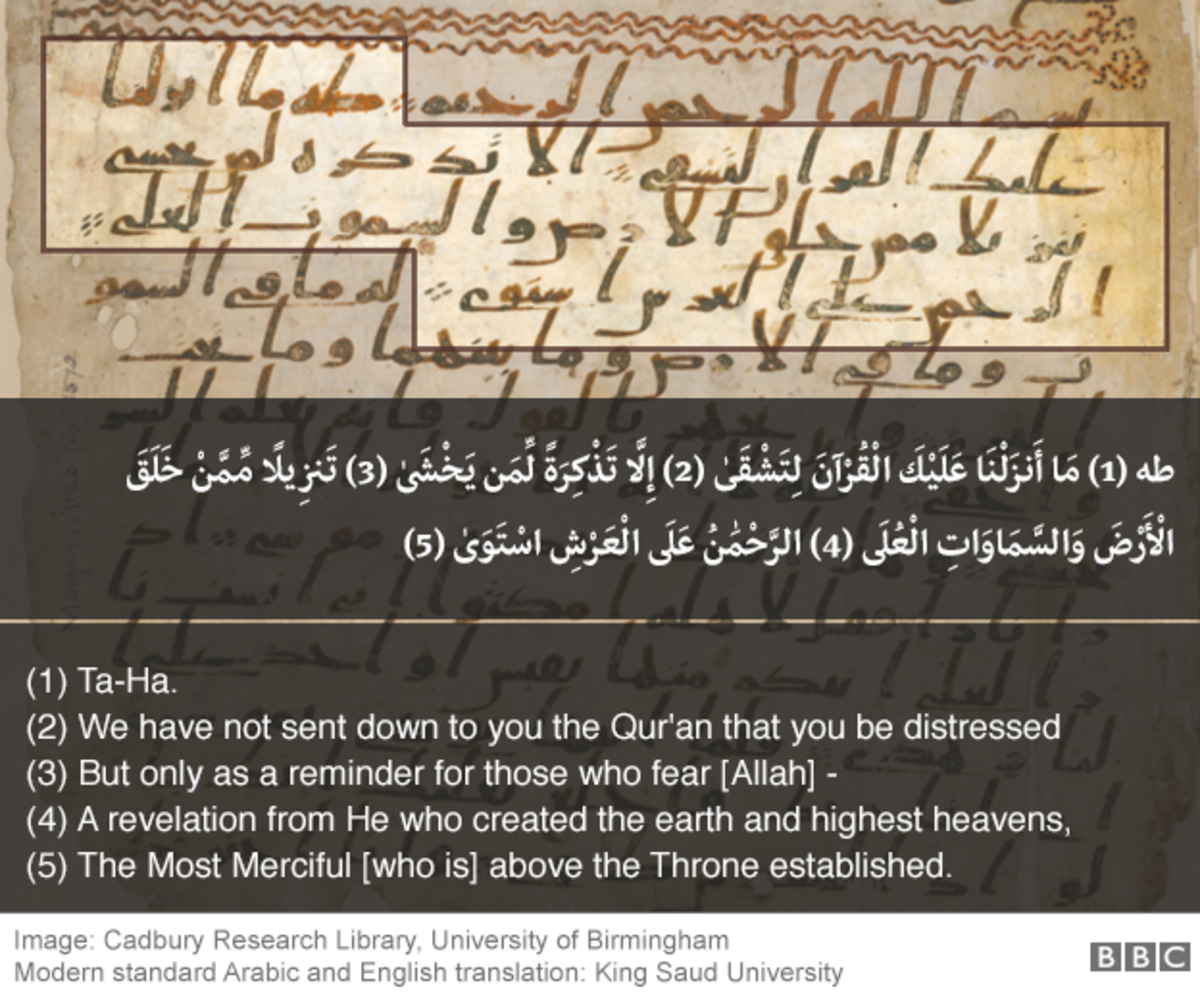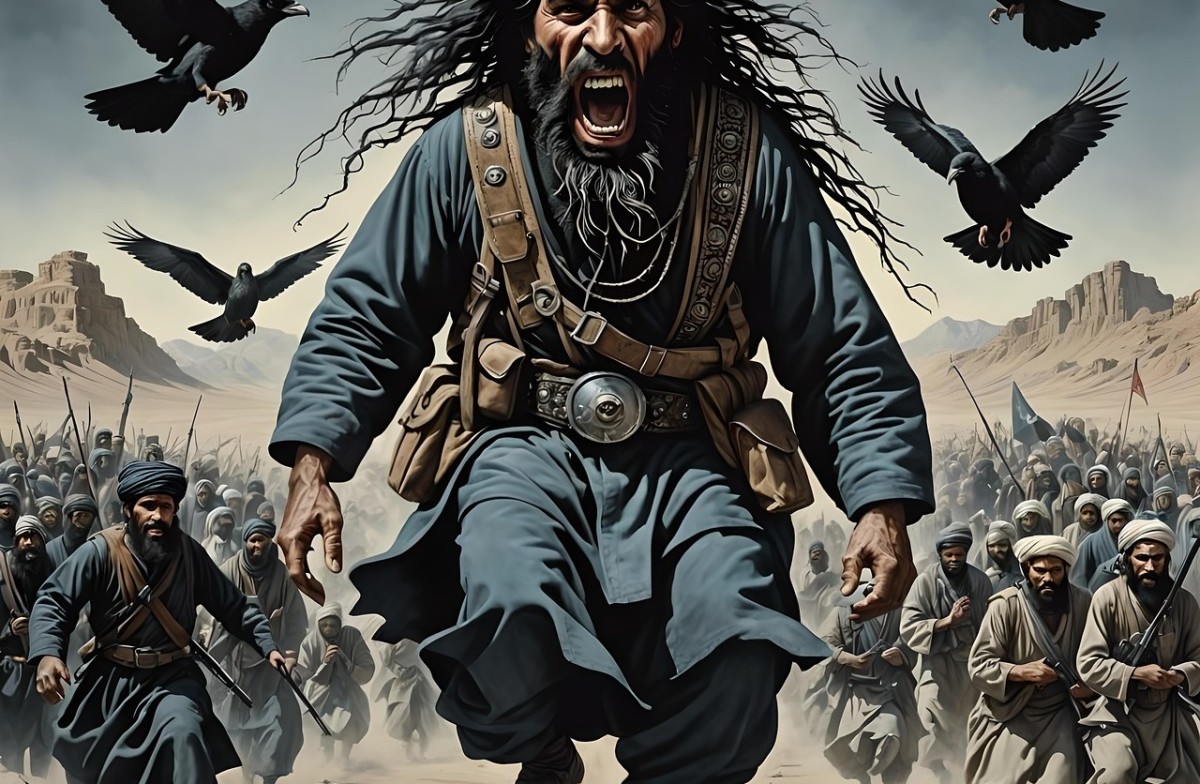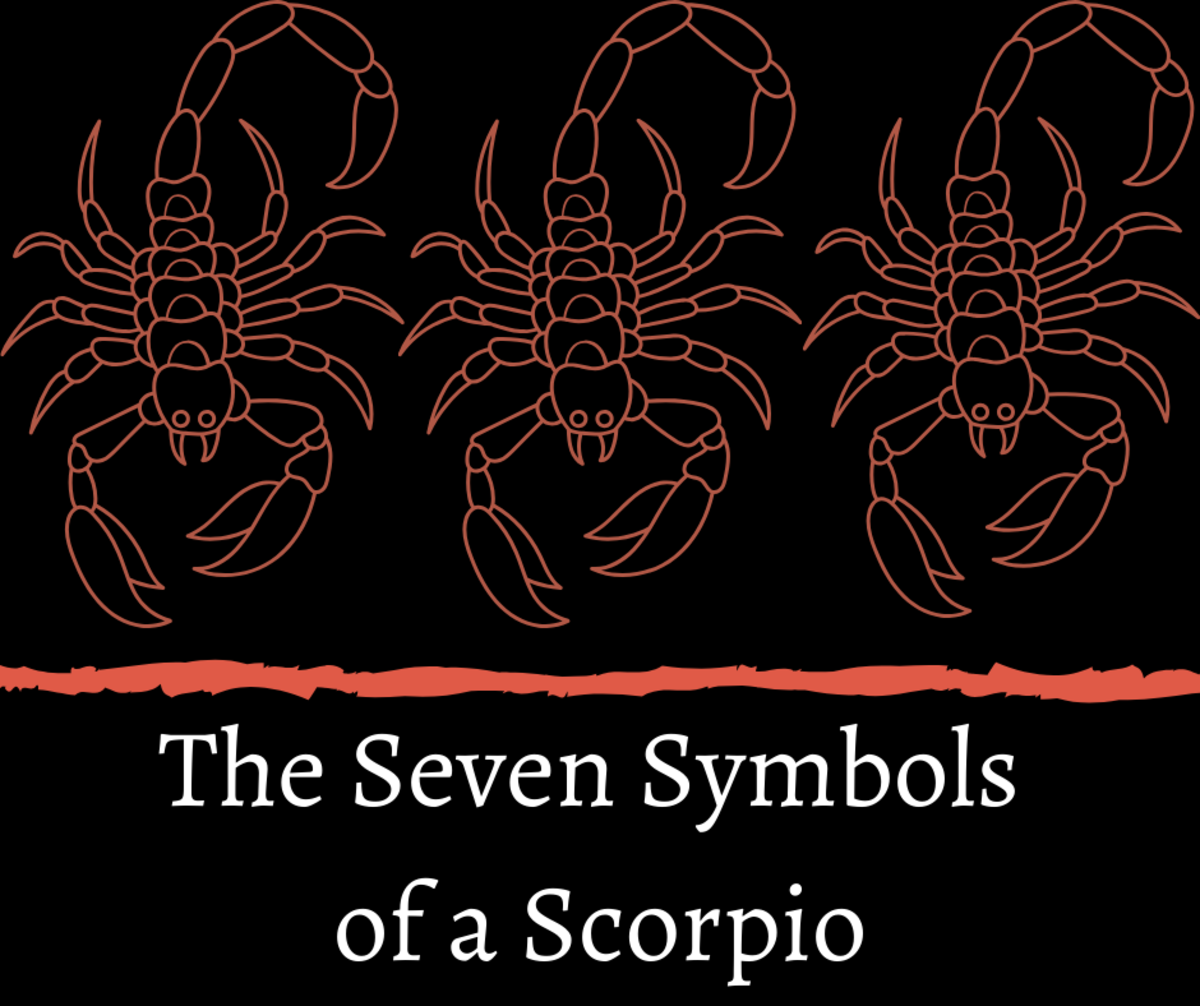Mu’allaq Hadith
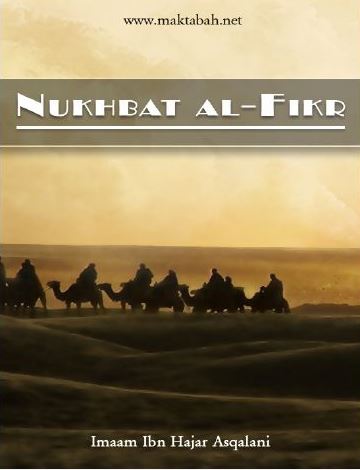
MU’ALLAQ HADITH IN THE LIGHT OF“NUKHBAT AL-FIKAR”
Mu’allaq: Is that Hadith in whose Sanad, the first part (from the bottom of the Sanad) is omitted i.e. a certain author intentionally leaves out part of the sanad or the whole of it and simply says: “Qaala Rasoolullaah ﷺ…” or he only includes the names of the Sahaabi or Taabi’ee who narrate the Hadith. The author may even omit one or two Raawis from the bottom of The Sanad. All these are known as Mu’allaq.
Note: In the case of Mishkaat and other such Kitaabs (e.g. Riyaadh us Saaliheen) the hadiths will not be said to be Mu’allaq because the author has not narrated those hadiths on his own Sanad. Instead, he has compiled his Kitaab from other sources with reference (Hawaalah) to those Kitaabs. These hadiths and Kitaabs will be called Mujarrad.
The Hukm (law) of a Mu’allaq Hadith: If the Muhadditheen who are particular in gathering only Saheeh hadiths, like Bukhaari and Muslim, narrate a Mu’allaq Hadith with a ‘Seegha of Jazm’ (a tense of certainty) e.g. Qaala or Dhakara, then the
Riwaayah in question will be said to be Saheeh according to them, but if they narrate with a ‘Seegha of Tamreedh’ (a tense indicating uncertainty) e.g. Qeela or Yudhkaru, then the Riwaayah will not be accepted as is but it will be necessary to make Tahqeeq (research) regarding it. The Mu’allaq hadiths of those Muhadditheen who gather all types of hadiths will not be accepted without Tahqeeq.[1]
[1] Nukhbat ul fikr,page#40-41
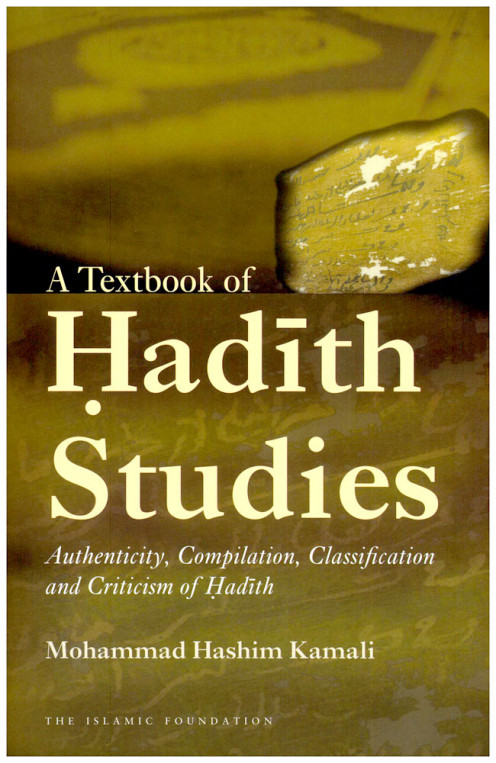
MU’ALLAQ HADITH IN THE LIGHT OF “A TEXTBOOK OF HADITH STUDIES”
The Mu’allaq(lit.hung): Is a hadith in which one or more links ae omitted from the beginning of isnad at the lower end, or any other part thereof.Sometimes the entire isnad is omitted where the person quoting a hadith simply says “the Prophetﷺ ,said…,”or when it is said in reference to a Companion that “Ibn Abbas said such and such”or “Abu Hurayra narrated such and such,”or “sa’id al-Musayyib said while quoting Abu Hurayra.
This manner of reference to hadith became increasingly widespread after the documentation of the bulk of hadith and proliferation of scholarly writings on it. Writers often did not mention the whole of the isnad but merely referred to the two ends of its chain of transmission such as “al-Bukhari reported on the authority of Abu Bakr”or similar other expressions that merely attempted to identify the isnad without giving any of its details.Works complied after the fourth century hijra,such as al-Khatib al-Tabrizi’s Mishkat al-Masabih,for example,quoted the hadith from the six major collections and frequently employed this manner of reference to the isnad of the hadith.Even in Sahih al-Bukhari itself numerous hadith cited are of Mu’allaq variety,so much so that Hafiz Ibn Kathir wrote a book on al-Bukhari entitled Taghliq al-Ta’liq (closure of the suspended)in which he filled in the missing parts of al-Bukhari’s ta’liqat as they were already known Sahih Muslim is also said to contain 14 ahadith of this type . Ibn al-Salah has observed in this connection that al-Bukhari employed ta’liq usually with reference to a very well-known hadith,or that he did so because he had elsewhere given the full isnad.
According to the rules that the ‘ulama’of hadith have generally upheld,the Mu’allaq ahadith of al-Bukhari are considered as Sahih if the suspension is made in decisive words,such as qala (said),fa’ala (did),amara (commanded),naha (prohibited),dhakara (mentioned)rawa(narrated)and so on.Suspension(ta’liq)would not convey validity and soundness (sihha)if it occurs in a defective from or expression (sighat al-tamrid)such as “it is narrated from so and so” (yurma’an kadha wa kadha), “it is said of him” (yuqalu anhu), “it is mentioned,or narrated”(yudhkaru,yuhka)and the like,which are in any case usually not employed in the typical case of ta’liq.[1]
[1] A Textbook of Hadith Studies, page no 162-163
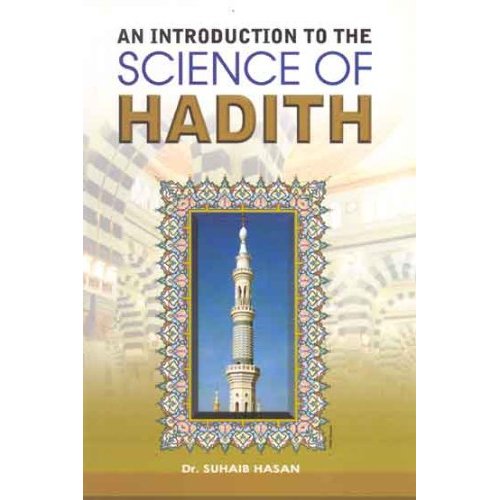
MU’ALLAQ HADITH IN THE LIGHT OF “AN INTRODUCTION TO THE SCIENCE OF HADITH”
If the link between the Successor and the Prophet ﷺ is missing, the hadith is mursal ("hurried"), e.g. when a Successor says, "The Prophet said ﷺ ...”However, if a link anywhere before the Successor (i.e. closer to the traditions recording the hadith) is missing, the hadith is munqati' ("broken"). This applies even if there is an apparent link, e.g. an isnad seems to be muttasil ("continuous") but one of the reporters is known to have never heard hadith from his immediate authority, even though he may be his contemporary. The term munqati' is also applied by some scholars to a narration such as where a reporter says, "a man narrated to me ...” without naming this authority.
If the number of consecutive missing reporters in the isnad exceeds one, the isnad is mu'dal(Perplexing).If the reporter omits the whole isnad and quotes the Prophet, ﷺ directly (i.e. the link is missing at the beginning, unlike the case with a mursal isnad), the hadith is called mu'allaq ("hanging") - sometimes it is known as balaghah ("to reach"); for example, Imam Malik sometimes says in Al-Muwatta', "It reached me that the Messenger of Allah (may Allah bless him and grant him peace) said ..."
Example of a munqati' hadith
Al-Hakim reported from Muhammad b. Mus'ab === al- Auza'i --- Shaddad Abu 'Ammar --- Umm al- Fadl bint al-Harith, who said: I came to the Messenger of Allah ﷺ and said, "I have seen in a vision last night as if a part of your body was cut out and placed in my lap." He said, "You have seen something good. Allah willing, Fatimah will give birth to a lad who will be in your lap." After that, Fatimah gave birth to al- Husain, who used to be in my lap, in accordance with the statement of the Messenger of Allah ﷺ. One day, I came to the Messenger of Allah ﷺ and placed al- Husain in his lap. I noticed that both his eyes were shedding tears. He said, "Jibril came to me and told me that my Ummah will kill this son of mine, and he brought me some of the reddish dust of that place (where he will be killed)."Al-Hakim said, "This is a sahih hadith according to the conditions of the Two Shaykhs (i.e. Bukhari& Muslim), but they did not collect it." Al-Dhahabi says, "No, the hadith is munqati' and da'if, because Shaddad never met Umm al-Fadl and Muhammad b. Mus'ab is weak."[1]
[1]An Introduction to the Science of Hadith, page no 14-15
© 2015 Khawaja Iqbal


